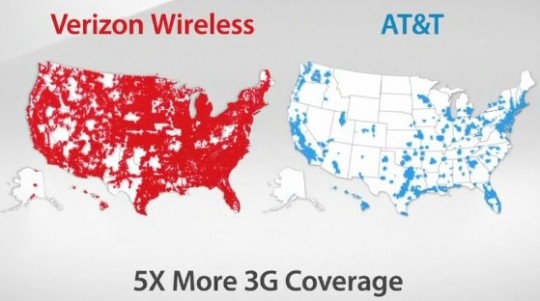This is excerpted from the concluding remarks in my thesis:
Lastly, I postulate that if this research was repeated using a tool like Google Earth instead of a non-interactive web map that was specifically designed for children, the results would be different. The map and layers used in this test were designed to complement each other when combined. In a tool like Google Earth, the individual data layers come from a variety of sources and are not prepared with combinations in mind. I predict that maps in Google Earth would become more challenging to use, and response times would increase as layers were added. I suspect that this would be the case for adult map-users as well. Since there is currently no cartographer or designer curating the combination of layers, the haphazard symbology, changes in scale, differences in data quality, a poorly designed key, a mish-mash collection of data provider logos, and the scourge of auto-label placement would result in a map equivalent of Frankenstein’s monster, not in a learning and exploration tool.
Yeah, i’m getting a little tired.

